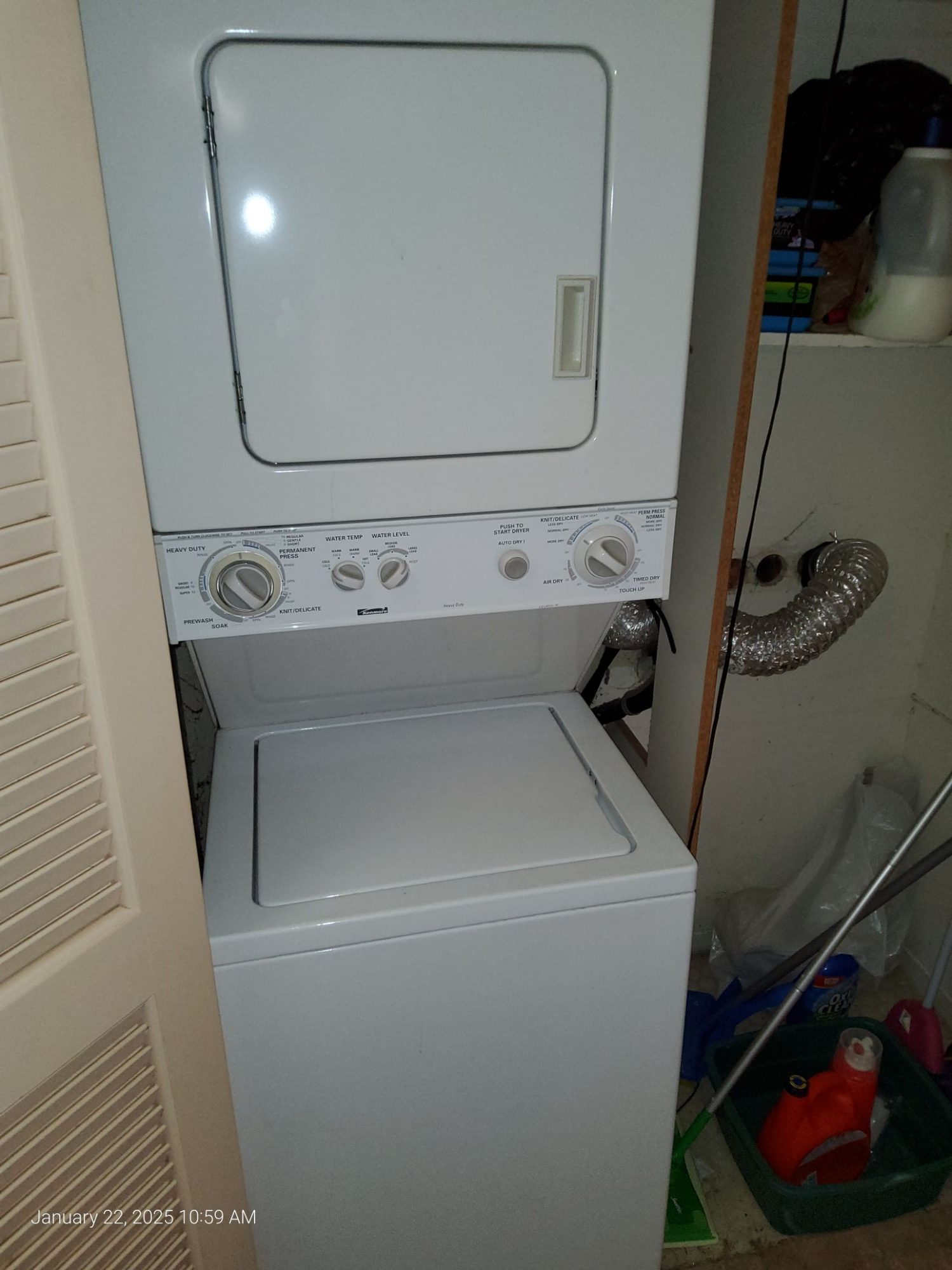Keeping your appliances in top working condition is essential for their longevity and your convenience. One of the most common maintenance tasks that often gets overlooked is cleaning the drain filter in your dishwasher or washing machine. A clogged or dirty drain filter can lead to inefficient cleaning, unpleasant odors, and even damage to your appliance. But the good news is, cleaning the drain filter yourself is a straightforward process that can be done in a few simple steps.
Why Is Cleaning the Drain Filter Important?
The drain filter is a critical part of your washing machine or dishwasher that prevents debris, food particles, and lint from clogging the drain and the pump. Over time, these particles accumulate in the filter, reducing the efficiency of your appliance. A dirty filter can cause your machine to work harder, leading to longer wash cycles, poor performance, or even a malfunction. Regular cleaning helps maintain the appliance’s performance and prevents costly repairs in the future.
Step-by-Step Guide to Cleaning the Drain Filter
Before you begin, ensure that your appliance is turned off and unplugged for safety. If your appliance is a washing machine, make sure there is no water in the drum before starting.
- Locate the Drain Filter:
- Dishwasher: Most dishwashers have the drain filter at the bottom, usually under the spray arm. To find it, remove the bottom rack and look for a cylindrical or flat filter.
- Washing Machine: The drain filter in a washing machine is usually located at the bottom front. There may be a small access panel you need to open to reach it. In some models, the filter is housed inside the door area or at the back.
- Remove the Filter:
- Dishwasher: Turn the filter counterclockwise and pull it out gently. Be careful not to damage it.
- Washing Machine: Depending on the model, you might need to unscrew the cap or pull out the filter by hand. If there is water still in the machine, be prepared for some water to spill out when you remove the filter.
- Inspect the Filter:
Once removed, inspect the filter for any visible blockages such as food particles, grease, or lint. For dishwashers, check for any stuck food or soap scum that could be clogging the filter. In washing machines, look for any debris or lint that might have gathered in the filter.
- Clean the Filter:
- Dishwasher: Rinse the filter under warm water to remove any debris. You can use a soft brush (an old toothbrush works well) to scrub off any stubborn dirt or grime. If the filter is heavily soiled, soak it in a solution of warm water and vinegar for a few minutes before scrubbing.
- Washing Machine: Clean the filter with a soft cloth or sponge. If there’s stubborn dirt, use a small brush to get into the crevices. For a deeper clean, rinse it under running water or soak it in a vinegar solution to break down any soap scum or mineral deposits.
- Check the Drain:
Before reattaching the filter, inspect the drain area for any additional debris that might be blocking the drainage. Use a small cloth or sponge to clean the area. In washing machines, check for any coins, hair, or other small objects that might have slipped into the drain.
- Reassemble the Filter:
Once the filter is clean, reinsert it back into place. Ensure it is seated properly and secured to prevent any leaks or malfunctions. In dishwashers, turn the filter clockwise to lock it in place. In washing machines, screw the cap back or push the filter back into its housing.
- Test the Appliance:
After cleaning and reassembling the filter, run a short cycle to ensure that the appliance is functioning properly. Check for any leaks or unusual noises that might indicate the filter wasn’t properly reinstalled.
Tips for Preventing Future Clogs
To minimize the need for frequent cleaning, here are a few tips:
- For Dishwashers: Scrape off large food particles before loading dishes. Avoid washing large pieces of food like bones or shells in the dishwasher.
- For Washing Machines: Clean the filter every 1-2 months, depending on how often you use the appliance. Regularly check for lint buildup in the drum and the door seal area.
When to Call for Professional Help
If after cleaning the filter, your appliance continues to show signs of malfunction, such as improper draining or water remaining in the drum, it may be time to call a professional. Clogs deeper in the drain or pump system might require specialized tools or expertise.
If you’ve cleaned your filter and still experience problems, don’t hesitate to call HOME APPLIANCE SERVICE CENTER. Our expert technicians are ready to help with repairs and maintenance for all your home appliances. Contact us today for a quick and reliable service!
Contact us
 619-928-5000
619-928-5000  Request Service
Request Service 
